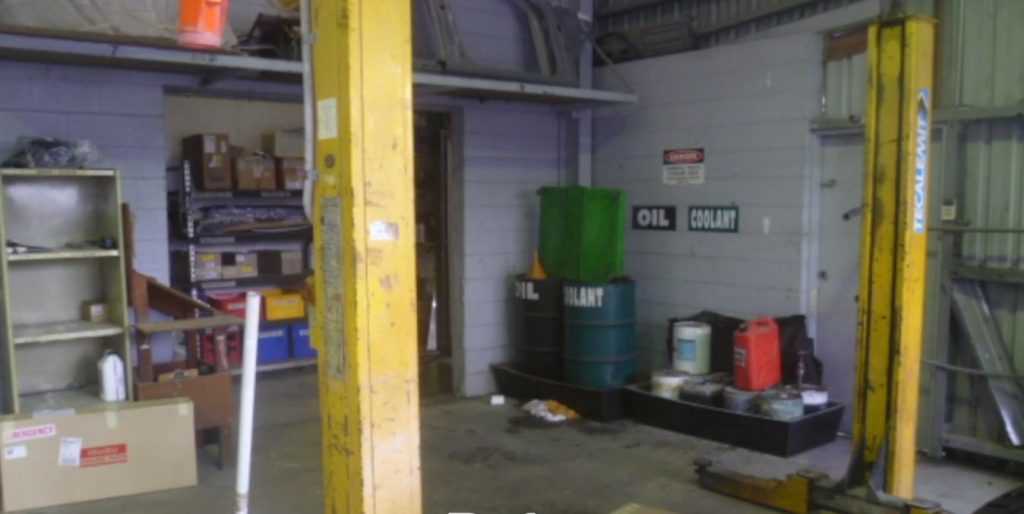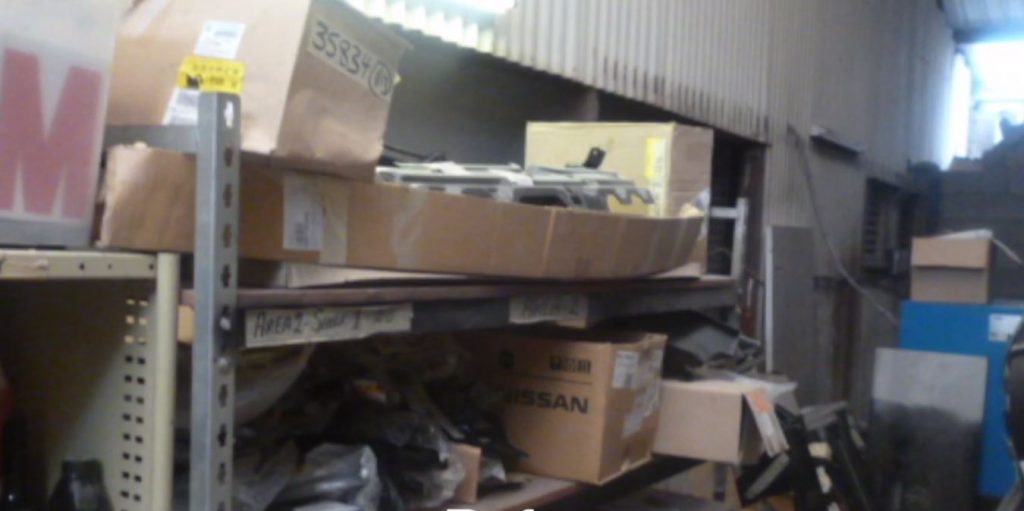Mark Brady is the director at Brady’s Bodyworks. Mark is a second-generation panel beater and body repair shop owner and has been involved in the industry for just over 39 years. His dad, Ray started taking him to the shop when he was about three or four years of age.
Mark first met Gavin McGahey when Gavin was with Auto-Quote Australia and they maintained a relationship when Gavin returned to his consultancy practice, Auto Bodyshop Consultants. Mark began utilizing some of Gavin’s toolkit such as his KPI measurement program, Number Plus and the workflow and scheduling program, Planning Plus. Mark also became heavily involved in the implementation of Planning Plus’s electronic version and this has been a key part of his business over the past 7 years.
The Changes that we have made
But Planning Plus was just the beginning of Marks journey to fixing more cars faster and becoming more efficient. Mark noticed what was happening out in the market with work providers and knew he had to have a much closer look at his business efficiencies and inefficiencies overall. The target market and customer’s expectations had changed dramatically so they had to look at their internal process to align with the market expectations.
Mark had heard about the Lean process and knew it was a process that was developed by Toyota just after the war. It was a process implemented into their factories to improve efficiency. In relation to his body shop, anything to do with improvement of efficiencies he thought was a good concept, however Mark knew little more than Lean was very much process driven.
Efficiencies in his business means profit. Brady’s Bodyworks was approached by Craig Tonks of DuPont, now Axalta, with the concept of 5S and an offer to assist Mark with a full implementation. Having this type of specialized help available was a catalyst in the progression of the process.
Sitting down, having toolbox meetings with the guys was especially important, but it was more so important that Mark had his management team on side to coach the team. Mark said, It was very foreign to some of the staff in the beginning and they did have some casualties. Mark thought he would have more trouble with the older crew than the Gen-Y as the older crew were more set in their ways. “Don’t tell me how to do it. This is how we’ve been doing it for 20 years”. So very foreign, but once they started to see that it made their life easier and it made the environment cleaner and easier to work in, Mark could feel the transition was being accepted.
Any change being implemented into a shop environment is big. Whether it is technology or paint systems, it can be very challenging and frustrating, but it is only as good as the people that you have behind you as they are the people that drive it. It was important for Mark that those guys had ownership in the processes, and his management team were the drivers of it.
Before
The whole plan originally was to involve staff, let them have ownership. When they first started, they had to look at what they were doing overall and set up work standards in each department. Work standards were set in the panel shop, in the paint shop, and the detailing bay.
It was basically putting a piece of paper up on a wall and throwing ideas around, and everyone had input into that. They came up with a work standard in each of those areas. Once the process began and they knew what they wanted as a bare minimum, particularly in the panel shop, they had the paint shop team involvement and vice versa in the paint shop, they had panel shop team involvement. They had drivers in each department which affected the outcomes of the other department.
Transition
With the implementation of those processes, it filtered through. The painters stood up and looked at what was happening in the panel shop and looked at the environment. They took it onboard and had valid input into some of the processes. The biggest challenge was the paint shop as they had technology to change in there. They were looking at water-base and a whole range of things.
The environment you see today is the biggest change. Mark is not ashamed to walk into the shop, not ashamed to bring staff, people, outside customers or work providers into the shop. You cannot put a figure on that and a happy life, happy workspace means it is more productive. Staff walk in here; they can find tools quicker. It is a cleaner environment. They are happier.
After
Lean, 5S is ongoing. Part of the 5S is sustain, you must sustain it. You can never say that you have just started, or you are halfway through, or that you are at the end of it. Lean itself does not stop. Continual improvement is ongoing. They might find a process that has to change due to technology or the way that a car is repaired, it will always change.
This Lean transformation increased productivity. Brady’s Bodyworks undertook the process of 5S and electronic scheduling of their work over 7 years ago and from Mark’s point of view, understanding how work flows through your shop is vitally important. Combine this with a Lean 5S environment and bingo, you are on your way to fixing more cars faster in an environment that is clean, clearly identified and refreshing to be in.
If you would like to see if Planning Plus Software is right for your business, book you free demonstration today.








